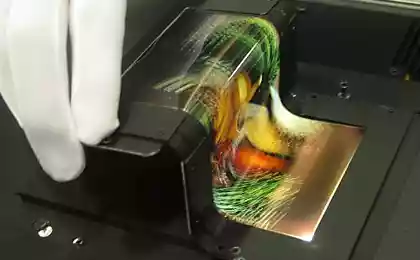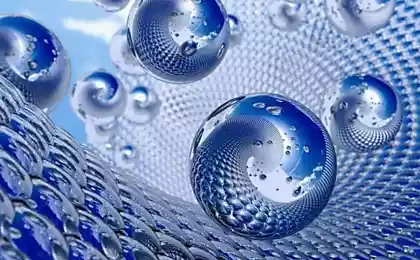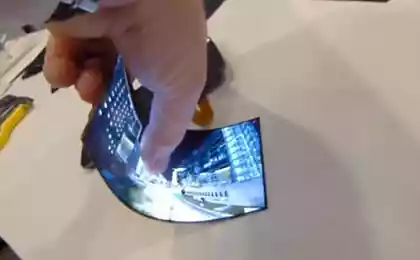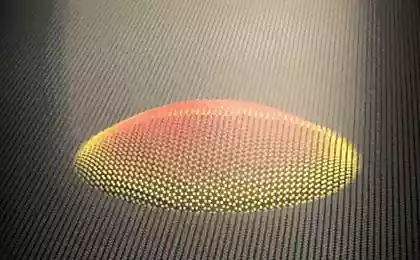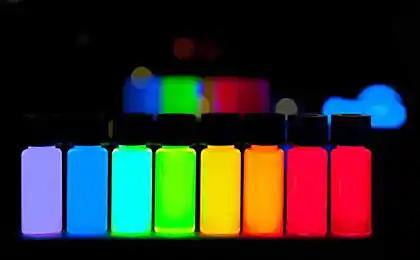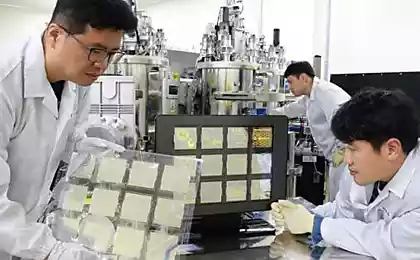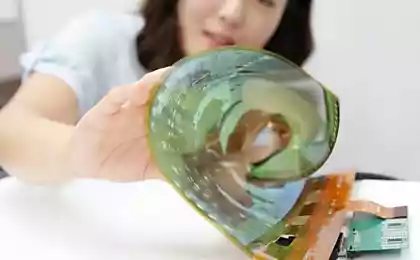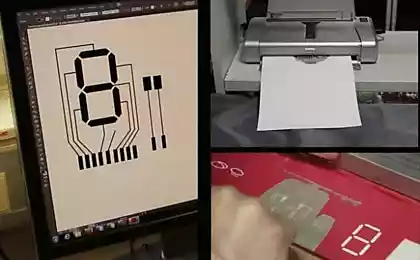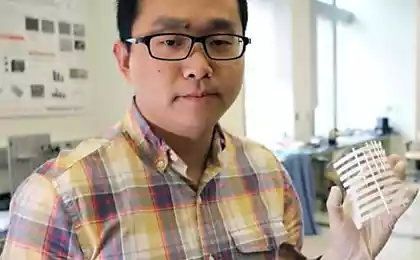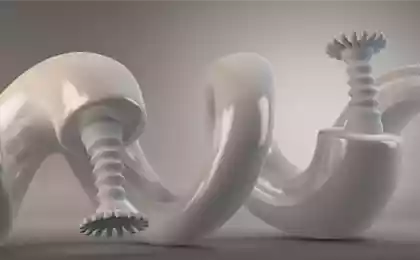1037
At Oxford, develop technology for flexible displays with ultra-high resolution

The width of each "nanopikselnogo" image is smaller than the thickness of a human hair (70 microns) i>
A team of specialists from Oxford is currently working on an interesting technology in the long term allowing the creation of flexible displays with ultra-high resolution.
Scientists were able to reduce the size of one pixel, and very significantly, through the creation of "sandwich" of transparent electrodes and phase change materials. This allows you to create nanometer points, pixels, the size of which is many times smaller than the pixels on the modern, even the highest quality, the displays.
Opening, as it happens, was committed by accident, while exploring the connections between optical and elektrichestkimi properties of different materials with the so-called phase transition (ie, change the crystalline structure of the material under the influence of, for example, an electric current) .
As such material scientists decided to use an alloy of tellurium, antimony and germanium formula Ge2Sb2Te5 (roughly the alloy used in the RW-compact). Material thickness of a few nanometers were placed between two plastiknkami transparent electrode, and missed the weak current. As a result, scientists were able to create the first such image width of a few tens of micrometers.
After that, scientists have created a prototype ultrapikselnogo display, where the pixels used "sandwich" of transparent electrodes and alloy mentioned above, placed between the electrodes. Size of the area in this case amounted to 300 * 300 nanometers. In this case, images can be made not only monochrome: color depends on the thickness of the alloy between the electrodes.
Displays of a new type can be arbitrarily flexible because the image is formed on blade platforms with a thickness of several nanometers. A team of scientists have created a prototype flexible display ultrapikselnogo of Mylar film. To change the phase state of the alloy needs just 20 nanoseconds, that is, when it comes to video, it would appear quite normal, no lubrication and "lag" in the change of personnel should not be.
Scientists have already patented the technology and are in talks with major technology companies.
Via oxford
Source: habrahabr.ru/post/229573/


